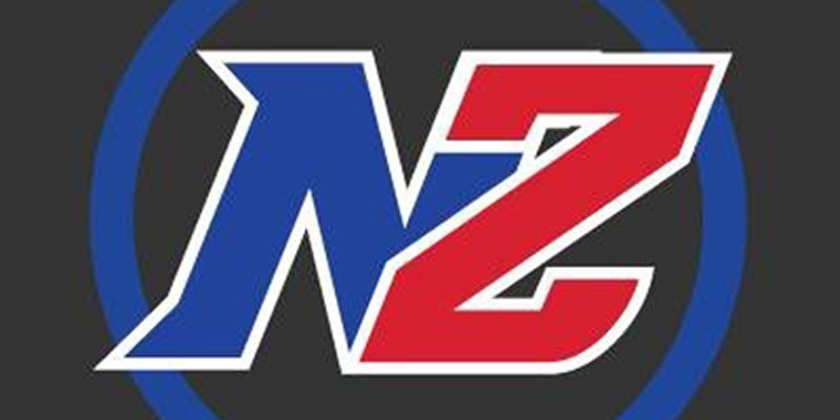
Ever seen a kid’s face light up when they score their first goal? Pure joy. But what if that joy never happens because their parents can’t afford the gear? It’s a sad reality. Hockey, a sport known for its speed and teamwork, is getting pricier.
It’s not just a casual increase either, we are talking about a serious financial burden that prevents many children from even trying the sport. Imagine the look on your kid’s face if you had to tell them no?
The Escalating Costs of Hockey Equipment
Let’s break down the damage, shall we? Except if you’re getting used skates, you can’t get them cheap. It’s even worse for teenagers whose legs grow rapidly as they may be forced to get a new pair every season. Even used skates can get tricky because of sizing. Ill-fitting skates mean blisters and bad form, maybe even leading to discomfort or an injury during the season. A pair of new skates start from about $75 for recreational purposes and up to $600 for high end sets.
Then there’s the helmet. Safety first, right? But safety standards change and you have to replace them more often than you think. Furthermore, those changes come at a literal cost. Sticks? Wooden sticks are usually the best for beginners as it adds an element of power and flexibility. They are also cheaper compared to sticks that contain carbon or fibreglass.
If you add up the remaining costs from pads and jerseys to gloves – it all piles up, and almost without knowing you’ve spent a lot! It’s even worse for goalies who have to get special gear which usually comes at a steep price.
Factors Contributing to Price Increases: Why Are We Paying So Much?
Tech advancements and new materials are one of the major reasons for increase in hockey equipment prices. Nowadays, you rarely see a pure wooden hockey stick for ages over 14. They come with added carbon or fibreglass which means they’ll cost more.
Plus, kids want the latest stuff because everyone else has it. It’s peer pressure, pure and simple. Compared to other sports, hockey’s a money pit. Soccer cleats? Not a bad price. Baseball mitt? Not breaking the bank. But hockey? You’re looking at serious cash. Let’s not even get started on travel expenses, the cost of ice time and league fees.
Impact on Youth Participation
Low-income families get hit the hardest. Imagine telling your kid they can’t play because you can’t afford it. It’s heartbreaking. This means less diversity in the sport, fewer kids getting the benefits of teamwork and exercise. You see fewer and fewer kids playing in some areas.
We’re talking about real futures potentially changing because of an inability to access equipment. Children who could shine on the ice rink, who could discover a lifelong passion, are instead sidelined. This is not just a sports problem, it’s a social one.
Potential Solutions and Initiatives
- Equipment drives and exchanges work: People donate used gear for others to use. It’s like a hand-me-down system, but for hockey.
- Get the community involved, have them donate. Refurbished or used gear can be a game changer.
- Leagues can share gear too and maybe even develop a lending program. Leagues like the USHL and some Tier 2 teams also offer free equipment for players that make it in.
- Budget-friendly brands exist. They might not be top of the line, but they work and help kids get onto the ice.
- Scholarships and grants for talented young players also help, but we need more of them. Local businesses could sponsor kids or teams in need.
Local rinks can even offer equipment rentals or subsidies. Every bit helps, every action has a real-world difference, especially to children dreaming of a life on the ice. This spreads community goodwill and helps kids chase dreams.
Gear costs are a real problem. It creates a gap, leaving kids who deserve a chance out of the game. We need to support programs that make hockey accessible. Donate used gear, push for hockey financial aid and get your local rink involved. Let’s make sure every kid who wants to play gets a shot. It’s more than a game, it’s about giving kids a chance. And in the long run? More kids on the ice, means a stronger love for a sport and a better community.
by Marvin Uzor
Marvin Uzor is a seasoned writer with a passion for storytelling and sports. With years of experience covering major events, he brings sharp analysis and engaging content to Neutral Zone, making hockey insights accessible to fans of all levels.
